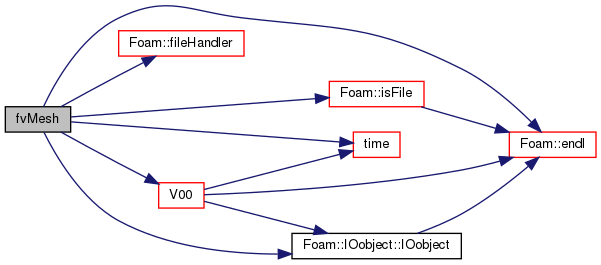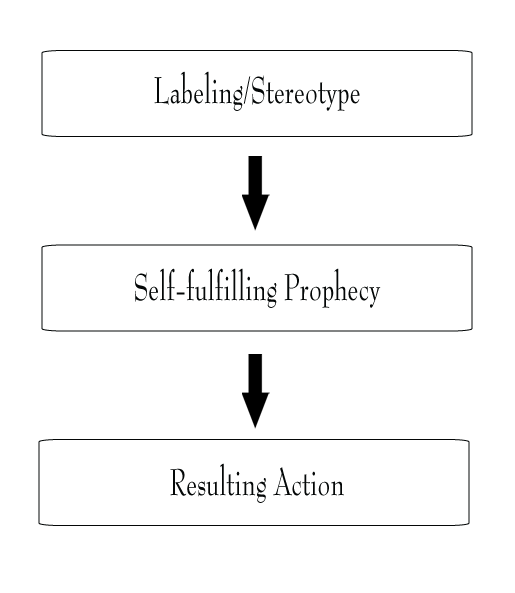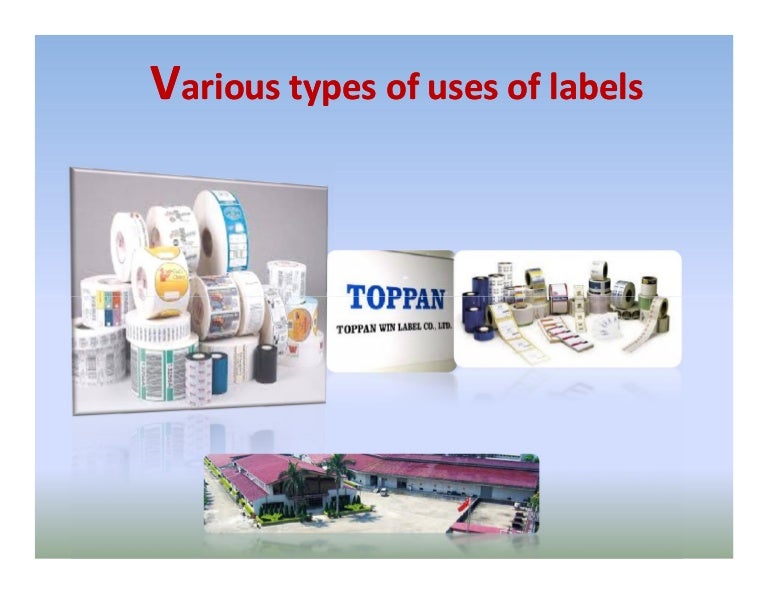
#LABELIST DEFINITION ANDROID#
Spice your Android homescreen with bright and colorful anime characters and cartoon school. Specifically, a scene of a cyberpunk futuristic city is shown with beautiful views.
#LABELIST DEFINITION FULL#
This app is a 3D Live Wallpaper with a full 360 degree view which changes view based on the device’s orientation. Lost Jungle 3D Live Wallpaper v2 Latest AdiPato 0 Comments. Set the app as live wallpaper to make your android phone and tablet more beautiful.

(2) Recursive processing, re select an attribute from the above two parts according to step (1) and continue to divide until the whole dimensional space is divided.3D Weather Live Wallpaper v2.3 Apk. For discontinuous variables, there are only two values of attribute value, that is, equal to or not equal to the value. All points of one part are satisfied, and all points of the other part are satisfied. (1) Select an independent variable, and then select a value to divide the dimensional space into two parts. This process is the process of classification using the decision tree and using several variables to judge the category. Different test outputs of problems on each node will lead to different branches, and finally reach a leaf node. In the process of traversing from top to bottom along the decision tree, a test will be encountered at each node. Each leaf node represents a possible classification result. Each decision node represents a problem or decision, which usually corresponds to the attributes of the object to be classified. The top node in the decision tree is the root node, and each branch is a new decision node or a leaf of the tree. The decision tree consists of decision nodes, branches and leaves. Decision tree represents the tree structure of decision set. If the tree can not give correct classification to all objects, select some exceptions to the training set data and repeat the process until a correct decision set is formed. The decision tree method first forms a decision tree according to the training set data. Each division selects the attribute with the highest information gain as the division standard, and repeats this process until a decision tree that can perfectly classify training samples is generated.ĭecision tree is used to classify data to achieve the purpose of prediction. TestTree= createFullDecisionTree(dataSet, featureNames, featureNamesSet,featureNames)Ģ, Implementation of sklearn ID3 and CART algorithm 1.ID3 import pandas as pdįrom sklearn.preprocessing import LabelEncoderįrom ee import DecisionTreeClassifierĭata = pd.read_csv('C:/Watermelon dataset.csv',header=None)ĭata = label.fit_transform(data)ĭtc = DecisionTreeClassifier(criterion='entropy')ĭtc.fit((),)īy calculating the information gain of each attribute, ID3 algorithm considers that the attribute with high information gain is a good attribute. PlotTree.totalD = float(getTreeDepth(inTree))ĭataSet, featureNames, featureNamesSet=readWatermelonDataSet() PlotTree.totalW = float(getNumLeafs(inTree)) PlotTree.yOff = plotTree.yOff + 1.0/plotTree.totalDĬreatePlot.ax1 = plt.subplot(111, frameon=False, **axprops) PlotMidText((plotTree.xOff, plotTree.yOff), cntrPt, str(key)) PlotNode(secondDict, (plotTree.xOff, plotTree.yOff), cntrPt, leafNode) PlotTree.xOff = plotTree.xOff + 1.0/plotTree.totalW PlotTree.yOff = plotTree.yOff - 1.0/plotTree.totalD PlotNode(firstStr, cntrPt, parentPt, decisionNode) YMid = (parentPt-cntrPt)/2.0 + cntrPtĬ(xMid, yMid, txtString)ĬntrPt = (plotTree.xOff + (1.0 + float(numLeafs))/2.0/plotTree.totalW, plotTree.yOff) LeafNode = dict(boxstyle="round4", fc="0.8")ĭef plotMidText(cntrPt, parentPt, txtString):

Matplotlib.rcParams = ĭecisionNode = dict(boxstyle="sawtooth", fc="0.8") Return dataSet, featureNames, featureNamesSet MyTree = createFullDecisionTree(splitedDataSet, featureNamesNext, featureNamesSetNext, labelList)įeatureNames = SplitedDataSet = splitDataSet(dataSet, bestFeatureIndex, feature) Return mainLabel(labelList) #Select the most label as the label of the datasetĮlif(unt(labelList) = len(labelList)): # All belong to the same LabelīestFeatureIndex = chooseBestFeature(dataSet)īestFeatureName = featureNames.pop(bestFeatureIndex)įeatureList = featureNamesSet.pop(bestFeatureIndex)įeatureNamesSetNext = featureNamesSet Tree def createFullDecisionTree(dataSet, featureNames, featureNamesSet, labelListParent):Įlif(len(dataSet) = 1): #There are no separable properties SplitedDataSet = splitDataSet(dataSet, i, feature) # Split datasetĮntDCopy = entDCopy - float(mDv) / mD * calcEntropy(splitedDataSet)

Optimal feature def chooseBestFeature(dataSet): Split dataset def splitDataSet(dataSet, index, feature): Read data data = pd.read_csv('C:/Watermelon dataset.csv',header=None)


 0 kommentar(er)
0 kommentar(er)
